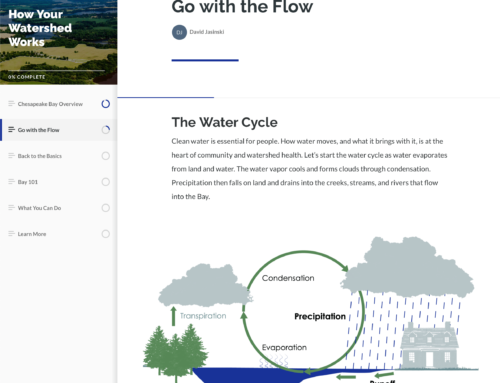Although not always explicitly clear, racial inequalities prevail in STEM and create challenges for Black, Indigenous and People of Color (BIPOC). In many cases, racial stereotyping, structural inequalities and implicit racial bias can set BIPOC back and limit their opportunities for success. For example, research shows that PhD candidates who belong to a minority group in the US are less likely to gain an academic position from their work and their achievements are more likely to be devalued and discounted compared to the work of those belonging to majority groups (2). Furthermore, 62% of African Americans working in STEM report that they have experienced racial or ethnic discrimination at work (3). Challenges like these and many more can make science less accessible to minority groups, limiting the chance for science to include valuable perspectives from people of diverse backgrounds. In the field of Environmental Studies, for example, African Americans comprise only 2.8% of the student body despite representing 13% of the total U.S. population (4). Such a lack of diversity in Environmental Science could translate into a narrow perspective when addressing environmental issues that pertain to racial justice (5). On the other hand, increasing diversity can increase the breadth and depth of scientific achievement, fostering new ideas and supporting innovative solutions to issues affecting BIPOC.
In order to level the playing field for minorities in STEM, businesses, academic institutions and individuals are recognizing the need to take action. STEM related businesses can help create a fair and equitable work environment by recruiting employees from diverse backgrounds and ensuring that the workplace is welcoming to everyone regardless of race. Likewise, academic institutions seeking to promote diversity and inclusion can do so by addressing the root causes for a racial inequality in the classroom and elevating minority voices that have been subdued in the past. Schools and colleges can partner with organizations like Ecology Plus and the STEM Equity Initiative to empower and uplift students from underrepresented groups. Finally, on an individual level, members of the science community are realizing the necessity to educate themselves on racial bias and discrimination in the workplace. Individuals can contribute greatly to a culture of inclusion; just as easily as one of discrimination. As lovers of science, we all must look forward to the new year with a commitment to work towards a more diverse and inclusive future.
Sources
https://www.nytimes.com/interactive/2020/07/03/us/george-floyd-protests-crowd-size.html
Hofstra, B. et al. Proc. Natl Acad. Sci. USA 117, 9284–9291 (2020).
https://datausa.io/profile/cip/environmental-science#demographics

